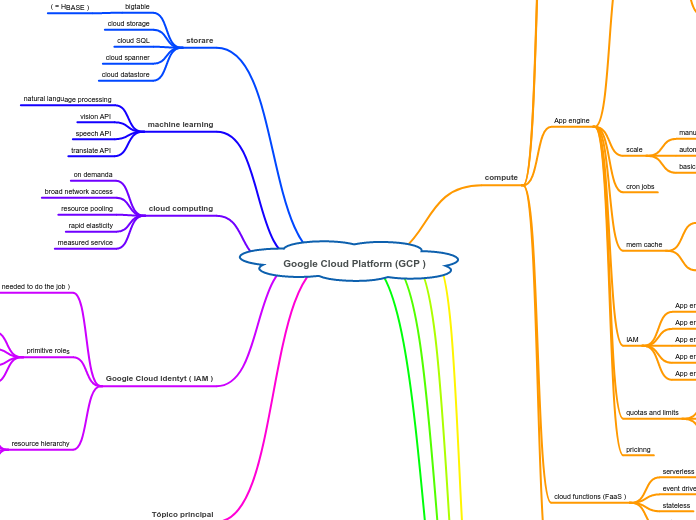von Leidy Johanna Jimenez Sandoval Vor 4 Jahren
419
Pricing decisions and strategies
When making pricing decisions, it’s essential to understand the target market and set short, medium, and long-term objectives. Companies may alter sales prices by changing ownership conditions, the monetary amount, product quantity or quality, and modifying discounts or payment terms.









